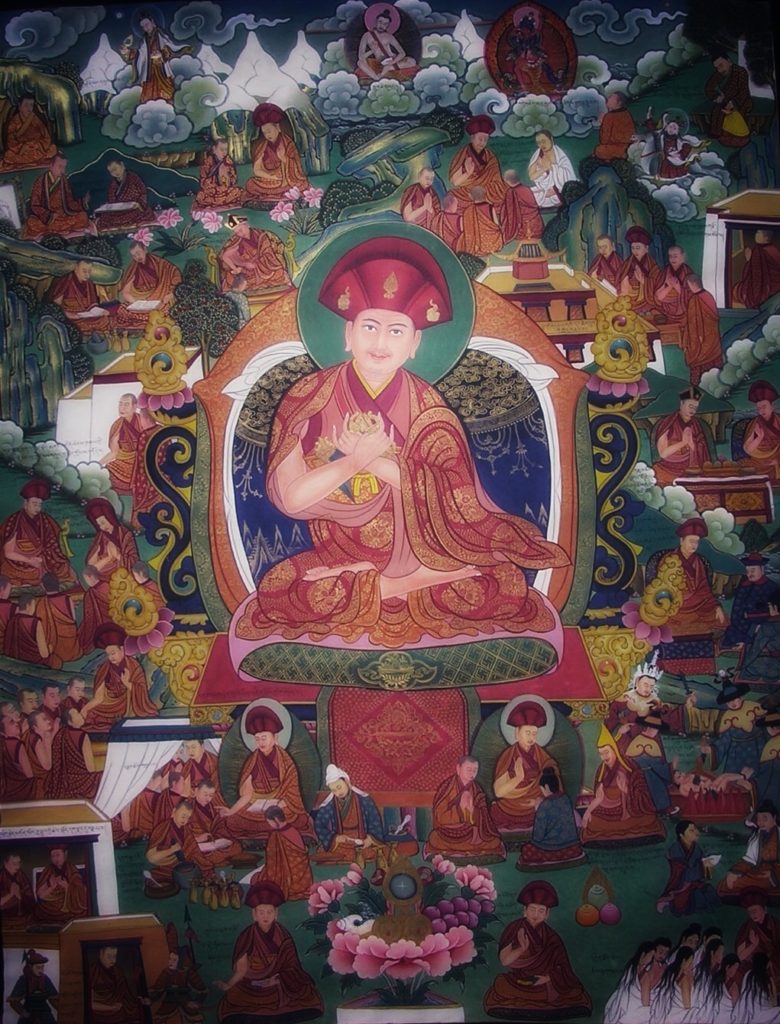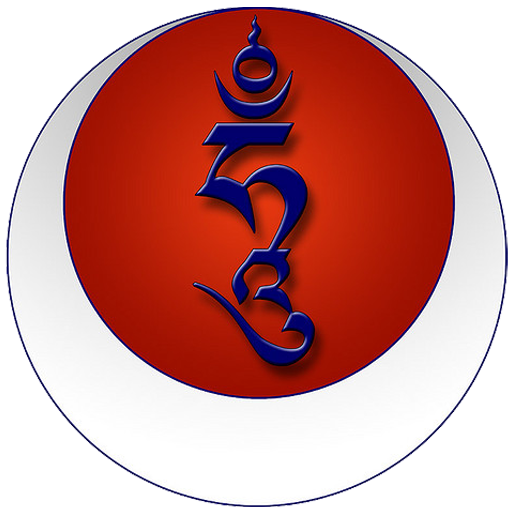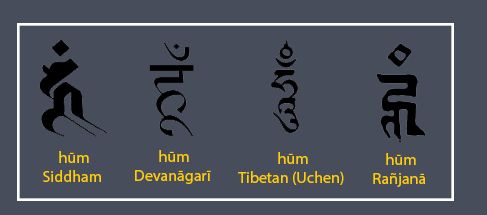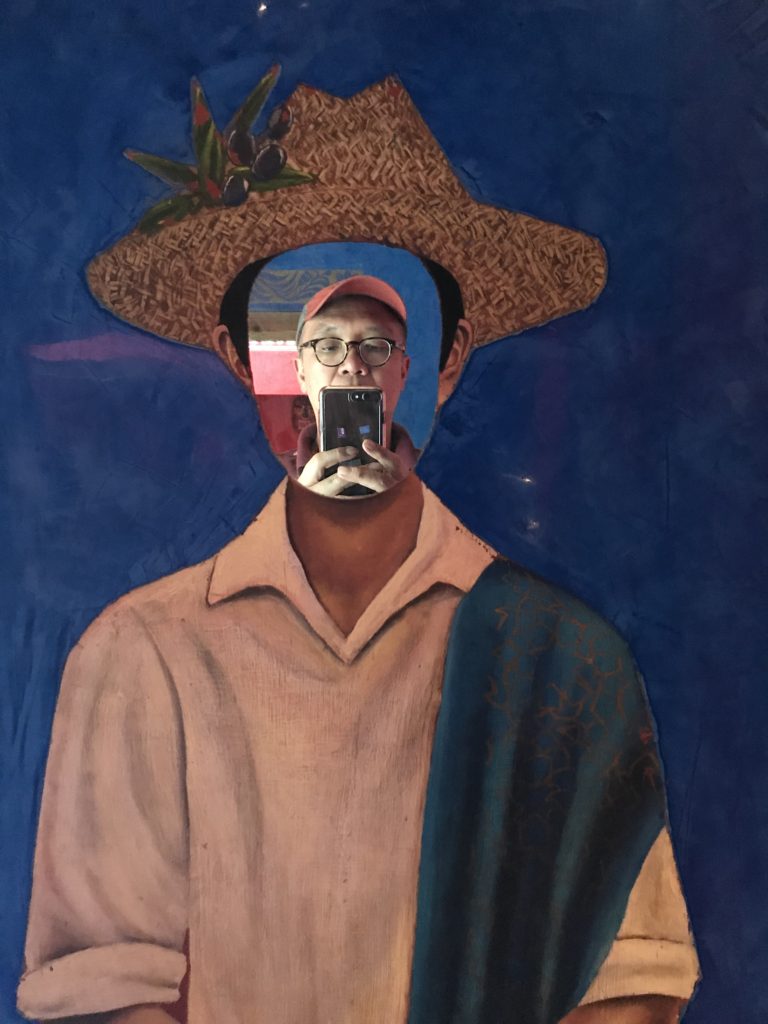Disponible también en español

This website is intended as a locale—a mandala—within this illusory web for anyone wishing to connect with the Dharma-activities of Dorjé Lopön (Sanskrit: vajrācarya, English: vajra-master) Dr. Lye (Könchok Yedor) and to be part of a virtual Sangha of an international nature. Although forms of social media such as Facebook have some advantages in more easily and quickly connecting individuals and interests, increasingly these connections tend to be superficial and shallow at best and exploitative and enabling of our mental-afflictions at worst. Many of us also find it hard to navigate through the many distractions that flood social-media in order to reach the Dharma connections we seek. Thus, even though Dr. Lye has maintained a robust presence on Facebook thus far, he feels that it is now time to return to an “old-fashioned” (!!) website to connect more meaningfully and deeply.
Drikung Dharmakirti International Sangha is a community of Dharma seekers and practitioners from around the world connected to Dr. Lye and to each other. “Drikung Dharmakirti” was the name given by Khenchen Konchog Gyaltshen Rinpoche—one of the senior teachers in the Drikung Kagyu lineage—to the group started by Könchok Yedor (Dr. Lye) when he first moved to North Carolina, USA in the early 2000’s. In retrospect, Khenchen Rinpoche probably chose this illustrious name for Dr. Lye’s then small, informal group in the western, mountainous corner of North Carolina as an “auspicious dependent-origination” (Tibetan: tashi tendrel བཀྲ་ཤིས་རྟེན་འབྲེལ་) for the future growth and expansion of Dr. Lye’s service to the Dharma and to those seeking it as Drikung Dharmakirti was a “renaissance man” and great master of the Drikung Kagyu Lineage who excelled in many fields of knowledge and realization.

Drikung Dharmakirti (Tibetan: Drikung Chökyi Drakpa, 1595-1659) is the name of a key figure in 17th century Tibet. Given the appellation of “all-knowing” (Tibetan: kunkyen ཀུན་མཁྱེན་), Chökyi Drakpa is the 24th successor to the Dharma-throne of Kyobpa Jikten Sumgön (1143-1217) at Drikungtil Monastery in Central Tibet and probably the most important master in the Drikung Kagyu lineage after Kyobpa Jikten Sumgön. Chökyi Drakpa was the last of the sons of the ancient Kyura family-lineage to lead the Drikung Kagyu lineage and the first of the incarnation-series known as the Kyabgön Chungtsang tulkus (“reincarnate lamas”). A polymath, reformer, and reviver, he was a master of meditative experience, philosophical and doctrinal exposition, medical theory and praxis, ritual-systems, and even magical powers. Many of the traditions that Chökyi Drakpa synthesized and transmitted form the core of Drikung Kagyu practice and doctrine from his time on. Beyond Drikung Kagyu, his contributions to preserving and transmitting many ancient traditions of the Nyingma lineage are widely recognized.
Our Drikung Dharmakirti logo comprises of three elements: the innermost element is an adaptation of the contemporary Drikung Kagyu logo, which is placed in the center of an ancient hand-gesture (mudra), which sits on a red disc. Together this logo signifies that at the heart of our community is our personal, inner, focus on the uncommon Drikung Kagyu teachings and practices while on the outer level, we emphasize the teachings and practices of the Buddha common to all Buddhists. Finally the sun symbolizes the universal qualities of wisdom, love and compassion that belong to no particular spirituality or religion but are qualities innate to all of us.


Until recently, the Drikung Kagyu Lineage has used the single huṃ-syllable (written in Tibetan script) as its official seal for documents as well as an amulet that dispels harms caused by gods, ghosts, demons, obstructers, and other malevolent forces of human and non-human origins. This seal is said to have been inherited by Drikung Kagyu from the mythical founder of the Kyura-clan of Jikten Sumgon’s. In the modern history of Drikung Kagyu, His Holiness Drikung Kyabgon Chetsang Rinpoche (one of the two heads of the lineage) added the sun and moon to this single huṃ-syllable and elucidated the outer, inner and secret meanings of this contemporary Drikung Kagyu logo. Click here to download a PDF file of His Holiness’ explanation of this logo.

In our Drikung Dharmakirti logo, the huṃ-syllable is written in Siddham Sanskrit script. Siddham was used in India starting from the late 6th century and most vajrayana/esoteric Buddhist texts from this period were written in Siddham. East Asian mantras and dharanis are written in Siddham. The choice of using the Siddham huṃ-syllable reflects Dr. Lye’s background in East Asian Buddhism. The Drikung Kagyu logo (with a Siddham huṃ-syllable) rests on the vitarka-mudra—the hand-gesture (mudra) the Buddha used to symbolize teaching or transmitting the Buddhadharma. It is also known as the vyakhyana–mudra, which is the gesture of elucidating or explaining the Dharma. The “inner” life of our Drikung Dharmakirti community is to anchor ourselves with the teachings and practices of Drikung Kagyu while the “outer” expression of our commitment is to emphasize the common and shared teachings of the Buddha.
Both these symbols—the Drikung Kagyu logo and the Buddha’s vitarka-mudra—are placed on a red, sun-disc reminding us of the bodhisattva resolve of benefiting all beings impartially and constantly like the sun illuminating our world. Furthermore, this sun is a reminder of the universal and innate qualities of wisdom, love and compassion that cut across all spiritual, religious and sectarian boundaries.
Credits: (1) Kunkyen Chökyi Drakpa by Penpa Tsering, Tibet, 20th century, “Masters of the Golden Rosary lineage.”

Dr. Hun Lye (Könchok Yedor) was born and raised in a Buddhist family with a very devout paternal grandmother in Penang, Malaysia. From a very young age, all matters related to religion, ritual and mythology were of special interest to him. While learning about all the major world religions and spiritualities with keen interest, Dr. Lye felt a particular natural affinity to Buddhism. He often credits his commitment to Buddhism to the influence of his paternal grandmother and the nuns whom his grandmother looked to for spiritual guidance.
Like many Buddhists in Malaysia, Dr. Lye considered the differences between Theravada, Chinese Buddhism and Tibetan Buddhism to be ultimately inconsequential and all of them equally-but in their own unique ways-represented the legacy of the Buddha. As Dr. Lye often puts it: “Buddhism is Buddhism is Buddhism.” Thus Dr. Lye regarded the different forms of Buddhism available to him in Malaysia as equally the teachings of the Buddha without partiality. In high school (Penang Free School), he was a leader of the Buddhist students’ society which was primarily grounded in the Theravada tradition (of the Sri Lankan, Burmese and Thai varieties). At the same time, he venerated the late Venerable Master Hsuan Hua of the City of Ten Thousand Buddhas in Ukiah, California as his Refuge and Lay-Precepts master. To formally receive his Refuge vows, Dr. Lye was required by the Venerable Master to complete 50,000 prostrations which he did so as a young teenager. Venerable Master Hua emphasized the importance of developing sincerity of intent towards Dharma practice and a deep seriousness towards observing the ethical conduct prescribed by the Buddha for his disciples.

In 1989, Dr. Lye came to the United States to attend college. It wasn’t until then that Dr. Lye met Tibetan teachers of the Dharma. Dr. Lye met his first Drikung Kagyü teacher, Drupön Sonam Jorphel Rinpoché who was then visiting the US from Nepal for the first time. That was the start of a natural journey that led to Dr. Lye’s primary lineage identity and affiliation as Drikung Kagyü. Later, while in graduate school at University of Virginia, Dr. Lye mainly served and learned from Khenchen Konchog Gyaltshen Rinpoché at the Tibetan Meditation Center in Frederick, Maryland, USA.
In 2003, Dr. Lye earned a doctorate degree in religious studies (specializing in Buddhism) from University of Virginia. For the next ten years, Dr. Lye taught religious studies at two American academic institutions in North Carolina while at the same time supporting a small but burgeoning Buddhist community in Asheville, North Carolina. During this period, Dr. Lye also led several pilgrimage and study-tours to Tibet, Ladakh and Nepal. The community that Dr. Lye supported in North Carolina slowly evolved into the founding of Urban Dharma North Carolina in 2011. By mid 2012, Dr. Lye started to transition from his career in academia into that of a full-time Dharma teacher.

In 2013, soon after Dr. Lye decided to leave the secular, Western academic field of religious studies, His Holiness Drikung Kyabgön Chetsang Rinpoché (one of the two Heads of the Drikung Kagyu lineage) appointed Dr. Lye as a dorjé lopön (lit. “vajra-master”) of the Drikung Kagyü lineage. Dr. Lye was then formally enthroned and charged with the responsibility of transmitting the teachings and practices of the Drikung Kagyu lineage that he has himself received and practiced well. Soon after the enthronement, Dr. Lye was sent by His Holiness to visit and teach at Drikung centers in South America. Since then, Dr. Lye has been dividing his time between serving as His Holiness’ special assistant in various projects in Asia and the Americas and supporting the local Buddhist community at Urban Dharma North Carolina.
